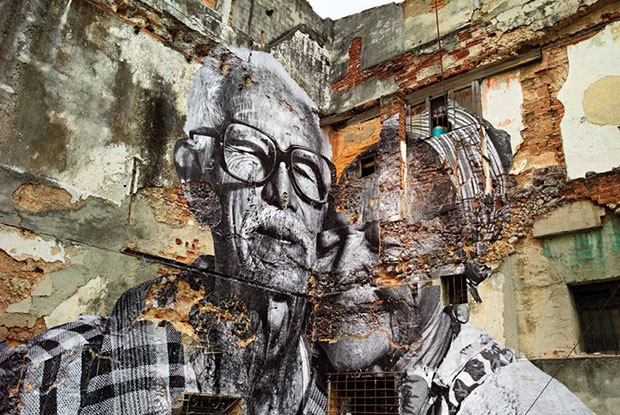
The Phaidon guide to art speak - Social Practice
Decoding the language of art criticism - one knotty phrase at a time
Assemble, a London collective, is the the first architecture and design practice to be nominated for Britain's Turner Prize organised annually by The Tate. The group’s best-known work is 10 Houses on Cairns Street, which saw Assemble refurbish derelict terraced properties in a deprived part of Liverpool.
Is that really art? Well, it's certainly not as conventional as a painting or sculpture. Nevertheless, this type of activity, which presents positive social activities as an appropriate medium for fine art, is becoming more and more popular, in an activity many within the art world are calling Social Practice.
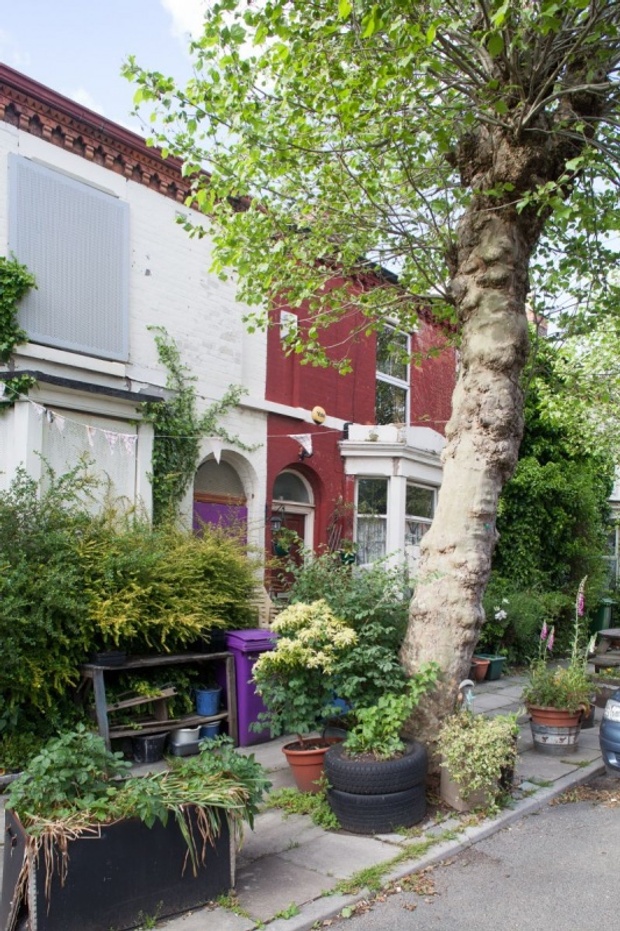
The phrase wasn't coined by an arts writer. 20th century US psychologist and researcher Sylvia Scribner is widely credited with popularising the term Social Practice, when she tried to establish a link between psychological research and treatment and a patient or group’s greater social background.
However, Scribner’s phrase has found new meaning among certain artists whose work reaches out, beyond a gallery setting, to wider society, creating pieces that are part protest, part social work, and part performance or group action.
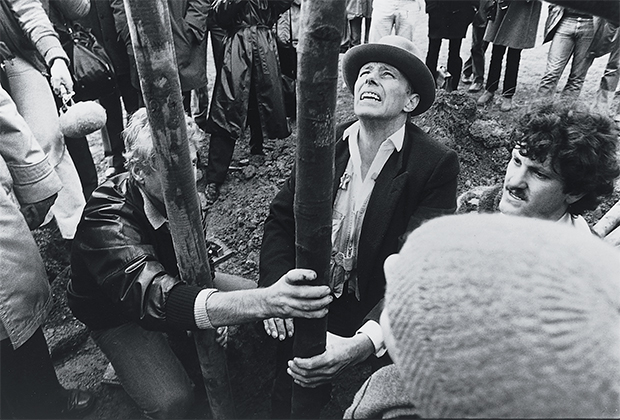
Like many new neologisms, Social Practice doesn't describe something wholly new. Joseph Beuys never used the term, yet the 20th German artist and politician's idea of Social Sculpture, or a view that society's entire function could be seen as a work of art, certainly finds echoes in this latter-day phrase.

Similiarly, it wasn’t widely used when the Swiss artist Thomas Hirschhorn began his career in the French Marxist graphic design group Grapus in the 1980s. Yet it was an apt way to describe his more recent projects, such as his 2013 Gramsci Monument, a temporary exhibition space, internet cafe, a theatre, a food kiosk, and children's crèche built by local residents in the grounds of Forest Houses, a New York City Housing Authority development in the South Bronx.
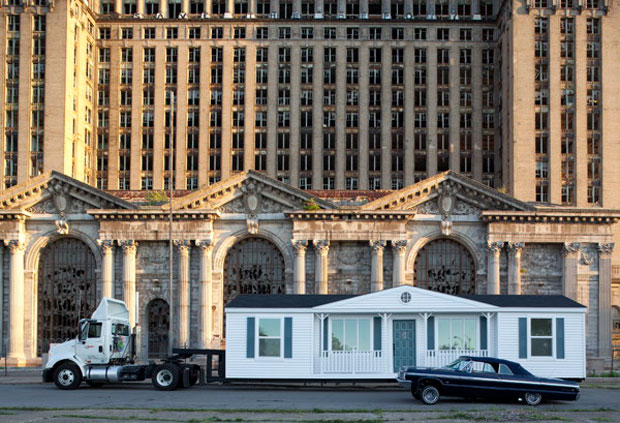
The same was true of Detroit artist Mike Kelley, whose smart, folksy, grungy art is hardly the kind of stuff you could mistake as social work, yet his final public project, Mobile Homestead (2012) a towable replica of the artist’s childhood suburban home which serves as a peripatetic arts community centre, certainly meets the definition of Social Practice.
The phrase has gained mainstream academic validation. In 2005, the California College of the Arts opened of a Social Practice MFA, and 2012 UC Santa Cruz founded their Social Practice Arts Research Center.
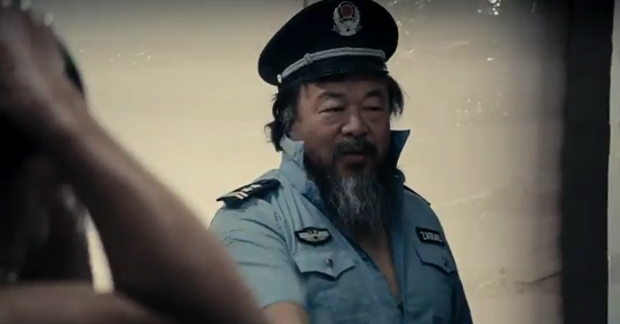
In 2013, the Chinese artist and dissident Ai Weiwei wrote that "Art is a social practice that helps people to locate their truth." That same year Art Review described the urban-planner-turned-fine-artist Theaster Gates as the "Mick Jagger of Social Practice" in its 2013 Power 100 list.
This is an apt tag for Ai and Gates. Ai has been imprisoned and had his passport confiscated following his protests surrounding the Chinese government's mishandling of the 2008 Sichuan earthquake. Gates, meanwhile, has formed gospel choirs and temporary trade unions, as well as exhibit and renovate derelict buildings in Chicago’s poorer neighbourhoods.
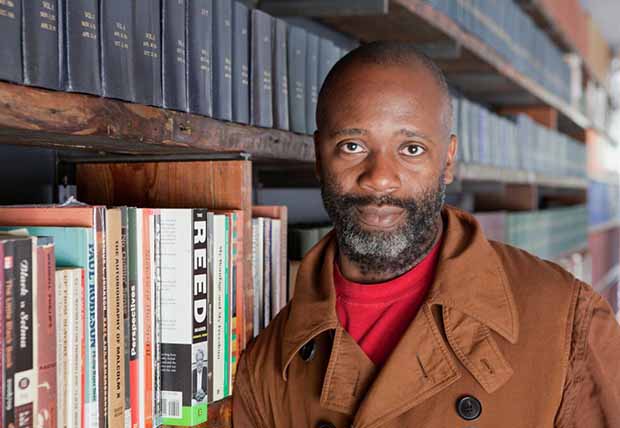
Even those artists who aren't directly identified with the term seem to be working in similiar ways. The French artist JR, for example, draws inspiration from maligned urban communities, highlighting the role of women, immigrants and ethnic minorities in his work, by posting their images in public places, in a way that by pretty much any measure meets the definition of Social Practice.
So, why has this once-obscure pysychology term found such favour in the art world? Perhaps it is a reaction against an earlier generation of artists, such as Koons and Hirst, who grew rich working within the gallery system. Perhaps, in an age of art-market dominance and growing inequality in Western nations, Social Practice is a way to reintroduce a wider relevance into the art world, that might have been pacified by the influence of big money. Maybe it meets a political desire, as many grow disillusioned with the party system. Whatever the case, it certainly seems that contemporary artists have found a rich new medium to create work within, while bringing about at least some degree of social change.
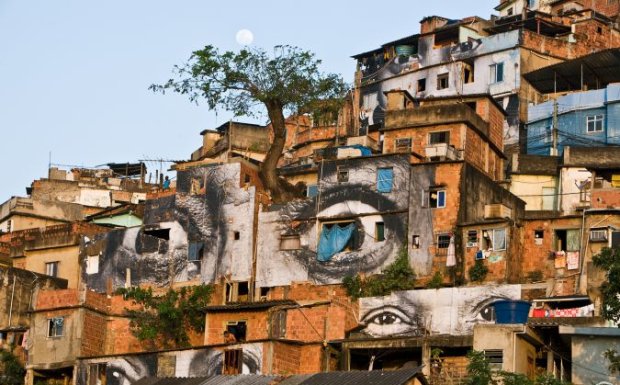
For greater insight into the artists that made Social Practice take a look at our monographs dedicated to Joseph Beuys, Ai Weiwei, Thomas Hirschhorn, Mike Kelley and Theaster Gates, and check back soon for news of our forthcoming JR book, appropriately entitled Can Art Change The World?